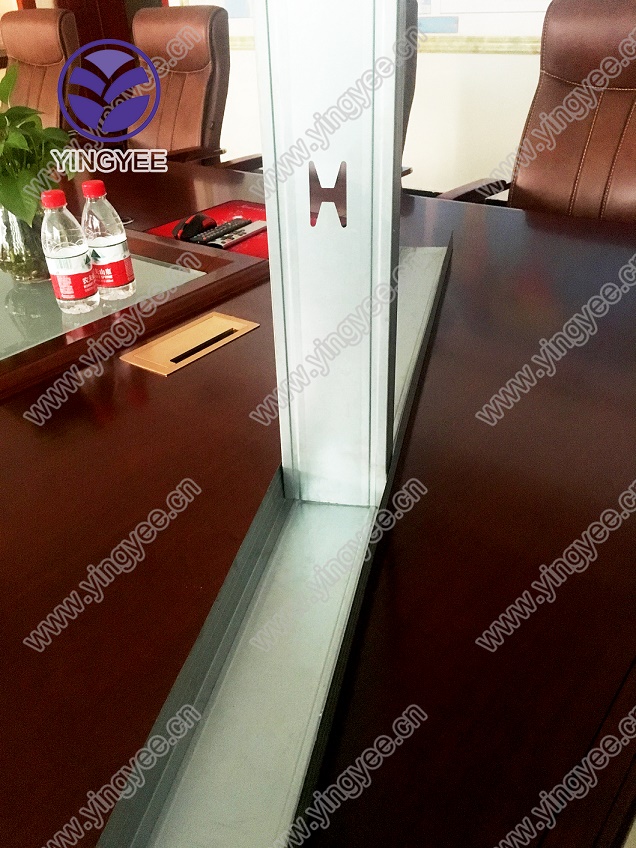
Understanding Purlin Metal Stud and Track Machines Innovations in Construction
The construction industry is constantly evolving, driven by the need for efficiency and cost-effectiveness. One notable innovation in this space is the purlin metal stud and track machine. This specialized equipment plays a pivotal role in the manufacturing of metal framing components used in a variety of construction applications, including commercial buildings, residential homes, and industrial facilities.
What are Purlin Metal Studs and Tracks?
Before delving into the functionalities of the machines used to produce them, let's clarify what purlin metal studs and tracks are. Metal studs are vertical structural elements made from cold-formed steel that are designed to replace traditional wood framing. They offer several advantages, such as resistance to warping, fire, and insects.
Metal tracks, on the other hand, serve as the horizontal framing members that hold the studs together and provide stability. Together, metal studs and tracks create a robust skeleton for buildings, allowing for easier installation and remodeling. This method of building has gained popularity due to its lightweight nature, mold resistance, and overall durability.
The Role of Purlin Metal Stud and Track Machines
Purlin metal stud and track machines are state-of-the-art machines designed specifically for the production of these essential framing components. These machines leverage advanced technology to ensure precision, speed, and efficiency. The process typically involves the following steps
1. Material Preparation Cold-formed steel is fed into the machine, which is usually rolled from coils. This material is preferred due to its strength-to-weight ratio, making it ideal for metal framing.
2. Forming Process The machine uses a series of rollers to shape the steel into the desired profiles for both studs and tracks. This process not only ensures consistent dimensions but also integrates features that enhance the strength and functionality of the components.
3. Cutting Once the metal is formed, the machine cuts the sections to the required lengths. This step can be automated, allowing for high-volume production with minimal waste.

4. Finishing Touches Some machines may include additional options for perforating or embossing the metal for added functionality. For instance, perforated studs allow for easy electrical wiring, while embossed tracks can help with alignment during assembly.
Advantages of Using Purlin Metal Stud and Track Machines
The introduction of purlin metal stud and track machines offers numerous advantages to manufacturers and builders alike
- Efficiency These machines can produce large quantities of metal studs and tracks in a fraction of the time it would take using traditional methods. This increased output can significantly reduce construction timelines.
- Cost Savings By automating the manufacturing process, companies can lower labor costs and reduce material waste. Additionally, using metal studs and tracks can lead to fewer maintenance issues in the future, ultimately saving money in the long run.
- Precision and Quality The machines are designed to produce components with high precision, ensuring that they meet industry standards. This accuracy can lead to better fits during the construction process, resulting in a stronger end product.
- Versatility Purlin metal stud and track machines can be adjusted to produce various profiles, allowing manufacturers to cater to a wide range of project requirements. This flexibility is crucial in an industry where each project may have unique specifications.
The Future of Construction with Advanced Machinery
As the construction industry continues to embrace new technologies, the popularity of purlin metal stud and track machines is expected to grow. Innovations such as automated systems, enhanced control mechanisms, and improved material handling processes are likely to make these machines even more efficient and user-friendly.
In conclusion, purlin metal stud and track machines represent a significant advancement in construction technology. They streamline the production of metal framing components, contributing to faster build times and improved structural integrity. With ongoing developments and a focus on sustainability, these machines are poised to play a critical role in shaping the future of the construction industry. As more builders and manufacturers recognize the benefits of metal framing, the impact of these machines will undoubtedly expand, further revolutionizing the way we approach construction.